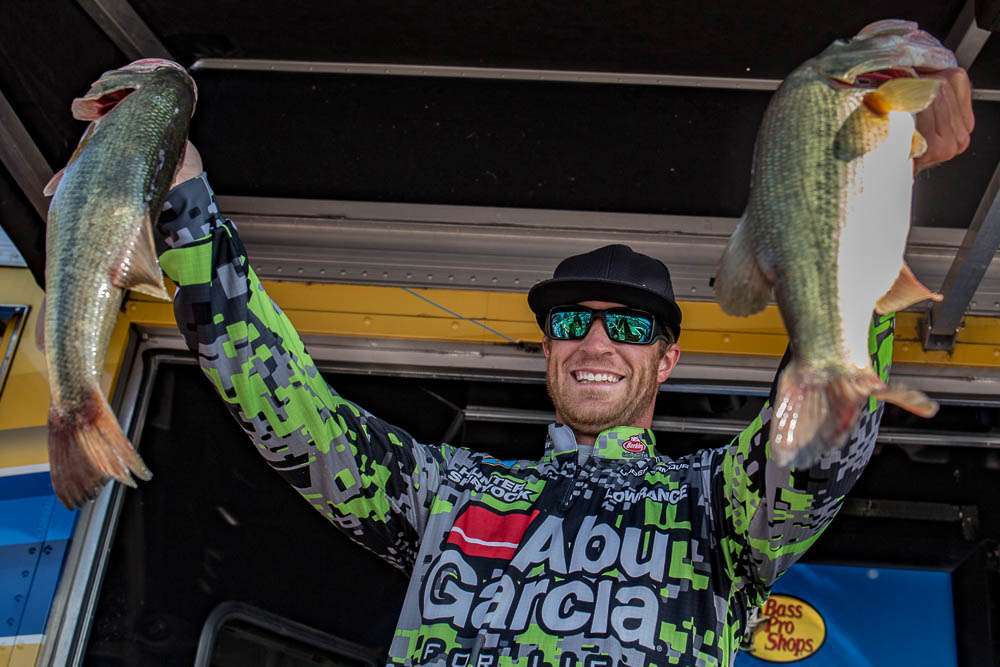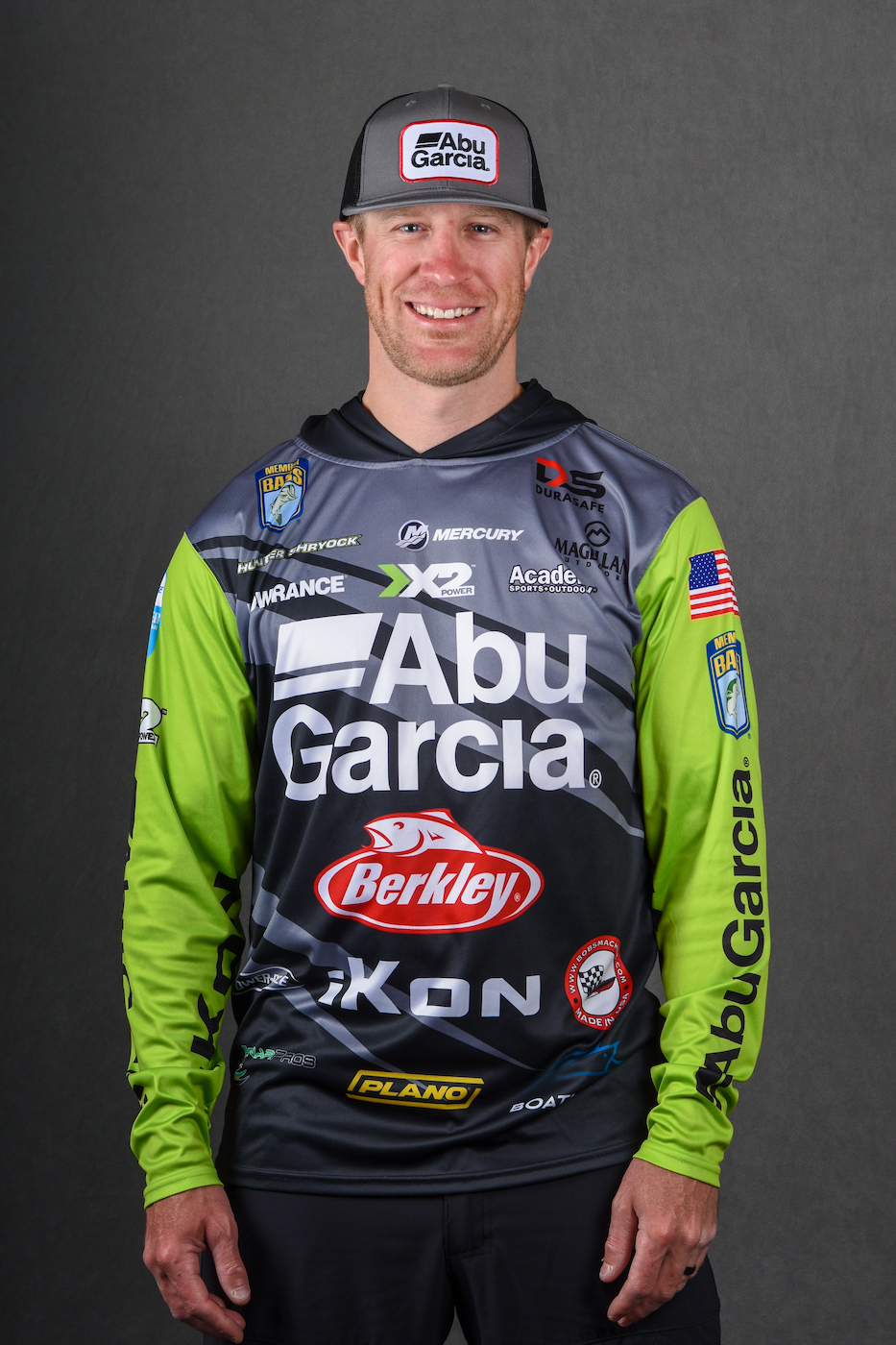
Slower is generally better in cold water, but that isn’t always the case. I tend to fish fairly fast in warm water, and there are windows when the water is below 50 degrees that I don’t have to slow down much at all. The best windows happen on sunny days during a warming trend.
Even under those ideal conditions, the bass don’t move quickly. But they will slide up shallower than many anglers realize and actively feed. Those fish will bite.
Some people might not fish a crankbait in wintertime because they believe the bass are too sluggish to react to it. The truth is that you can still go down the bank with a crankbait and get bites in 45 degree water.
I might switch from a wide wobbling crankbait to one that has tight wiggle in cold water. And I will slow down, but not a whole lot.
Of course, you can get bites in cold water by dragging something like a jig. The problem with that approach is that you cover too little water. By fishing faster with a crankbait or some other lure, I stand a better chance of running my bait in front of more bass that are in the mood to bite.
Eighty percent of the bass may be out deeper and well off the bank. But by covering water in that 6- to 8-foot range, I’m betting I can get quality bites. I may only catch four to six bass in a day’s fishing, but they’ll usually be good ones.
I’ve done that numerous times across the country. I fished a public lake in Ohio one time just before Christmas. The water was only 40 degrees, yet I caught four bass on a jerkbait that went 18 pounds.
I concentrate on steeper banks that give the bass quick access to deep water. Finding good rock has always been a big key for me in the winter, whether it is chunk rock or big flat rock.
The main lake is a good place to start. It doesn’t have to be the main lake as long as there is deep-water access. In a creek, a depth of 10 feet may be enough to hold them in the winter.
The better days are when there is a warming trend to bring up the water temperature near the bank. Sunshine is a big plus. I’ve caught winter bass in 5 feet or less under those prime conditions.
A jerkbait is a good choice in clear water. Sometimes they want a jerkbait that suspends. Other times they might want one that sinks slowly during a pause. The Berkley Cutter 110 has been a good one for me.
The cadence of the jerkbait retrieve is the most important thing. You want to give the bait subtle twitches that don’t pull it far ahead. You can still cover a lot of water with this cadence by casting parallel to 45-degree banks, especially banks that have sun on them. Hit as many of these places as you can.
I fish parallel to the bank with crankbaits, too, typically in 4 to 8 feet of water. A Berkley Dredger 10.5 works well for this. When I feel it digging into the rocks, I slow down and let it rumble over them. I go with bright colors in dirty water, like red or orange. In clear water, I tend to use translucent colors.
I’ve even caught bass fishing the same way with a Chatterbait. I chirp it off the bottom just fast enough to make that blade move. I’m feathering the blade so the bait makes a little vibration as it barely comes off the bottom and falls back again. I dress the hook with a Berkley Grass Pig Jr. or a Chigger Craw.
The biggest hurdle is your own mind. You have to believe you don’t always have to fish like a statue to catch bass in cold water. We wrote the handbook for bass fishing, not the bass. They don’t always go by what our book says.

